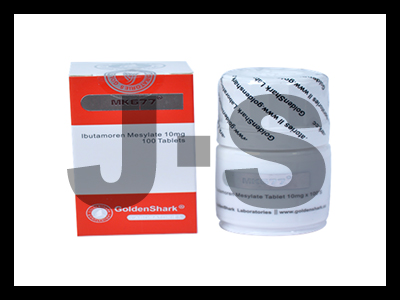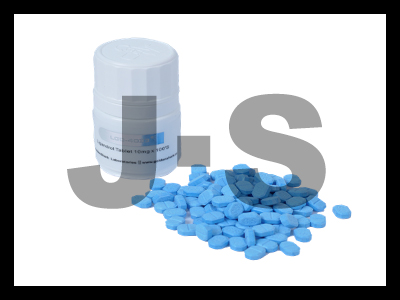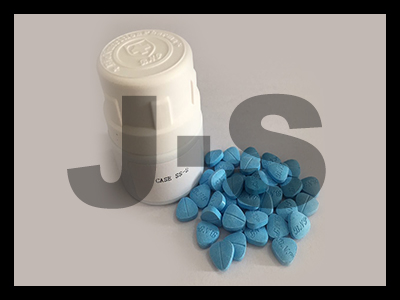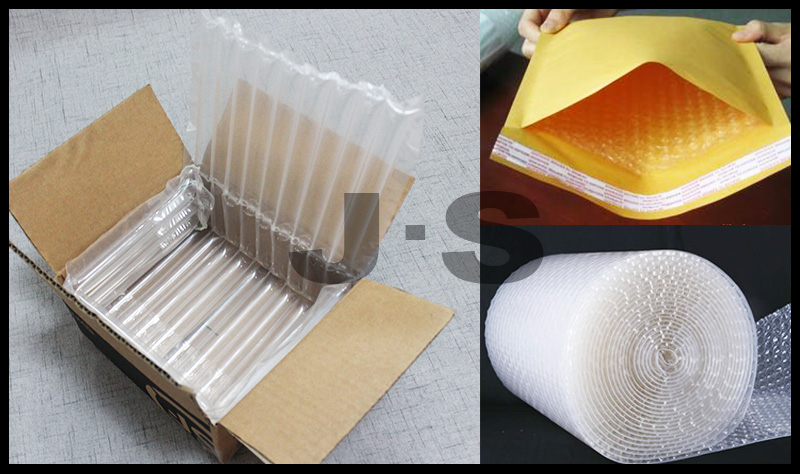
Name | Ligandrol/LGD-4033 |
|---|---|
Form | Tablets/Pills |
Dosage | 10mg/tablet |
Inventory | 1000 bottles for sell. |
MOQ | 10 bottles |
Package | 100tablets/bottle |
Pack material | Shockproof film, shockproof envelope, and Cartons |
Logo | with or without both ok |
OEM | Offer OEM service. Customed dosage & brand & LOGO & package. OEM MOQ 100 bottles |
Shipment | By express to buyers’ door. 100% make sure delivery |
Payment | TT/ Western Union/BTC/ETV/VISA and so on, please contact by email |
Shipment time | Within three working days after payment. Usually need ten days to arrive buyers’ address. Resend if lost |

DESCRIPTION 1
LGD 4033 Ligandrol Tablets
Abstract
Background: Concerns about potential adverse effects of testosterone on prostate have motivated the development of selective androgen receptor modulators that display tissue-selective activation of androgenic signaling. LGD-4033, a novel nonsteroidal, oral selective androgen receptor modulator, binds androgen receptor with high affinity and selectivity.
Objectives: To evaluate the safety, tolerability, pharmacokinetics, and effects of ascending doses of LGD-4033 administered daily for 21 days on lean body mass, muscle strength, stair-climbing power, and sex hormones.
Methods: In this placebo-controlled study, 76 healthy men (21–50 years) were randomized to placebo or 0.1, 0.3, or 1.0 mg LGD-4033 daily for 21 days. Blood counts, chemistries, lipids, prostate-specific antigen, electrocardiogram, hormones, lean and fat mass, and muscle strength were measured during and for 5 weeks after intervention.


Results: LGD-4033 was well tolerated. There were no drug-related serious adverse events. Frequency of adverse events was similar between active and placebo groups. Hemoglobin, prostate-specific antigen, aspartate aminotransferase, alanine aminotransferase, or QT intervals did not change significantly at any dose. LGD-4033 had a long elimination half-life and dose-proportional accumulation upon multiple dosing. LGD-4033 administration was associated with dose-dependent suppression of total testosterone, sex hormone–binding globulin, high density lipoprotein cholesterol, and triglyceride levels. follicle-stimulating hormone and free testosterone showed significant suppression at 1.0-mg dose only. Lean body mass increased dose dependently, but fat mass did not change significantly. Hormone levels and lipids returned to baseline after treatment discontinuation.

Conclusions: LGD-4033 was safe, had favorable pharmacokinetic profile, and increased lean body mass even during this short period without change in prostate-specific antigen. Longer randomized trials should evaluate its efficacy in improving physical function and health outcomes in select populations.

DESCRIPTION 2
LGD 4033 Ligandrol Tablets
As a number of sanctions have shown, LGD-4033 (also known as: Ligandrol, VK5211, Anabolicum) is just one of the many investigational drugs to be illegally included in supplements marketed to athletes and abused for its anabolic effects in recent years.
Here are five of the top things to know about the unapproved SARM LGD-4033.
What is LGD-4033?
LGD-4033 is a selective androgen receptor modulator (SARM). While it is currently being investigated as a pharmaceutical treatment for muscle wasting and weakness associated with aging, LGD-4033 has not been approved by the U.S. Food and Drug Administration (FDA) for clinical use in humans.
Is LGD-4033 prohibited under the World Anti-Doping (WADA) Prohibited List?
Yes, LGD-4033 is prohibited under class S1.2 Other Anabolic Agents on the WADA Prohibited List. LGD-4033, and all SARMs, are prohibited at all times for all athletes, both in and out-of-competition.
How is LGD-0433 performance enhancing?
Because LGD-4033 has been shown to increase lean muscle mass, some athletes might abuse it for the anabolic, muscle-building effects. Even though it’s not legally available in medication anywhere in the world, there are laboratories that manufacture LGD-4033 and sell it as a “research chemical.” This is a red flag, and any product marketed for sport performance or muscle building that also claims to be for “research use only” or “not for human consumption” is especially risky and should be avoided by athletes.
Most notably, some products marketed as dietary supplements are spiked or contaminated with LGD-4033. Moreover, this may or may not be evident on the label. The FDA has clarified that LGD-4033 is not a legitimate dietary ingredient, and therefore it is illegal to sell this ingredient in supplements. Any dietary supplement that advertises to contain LGD-4033 would be considered an unapproved new drug by the FDA and should be avoided.
What are the health risks of using LGD-4033?
In addition to the risk of a positive test, LGD-4033 has not gone through the clinical studies necessary to establish safety, which means that the short and long-term effects of LGD-4033 are not fully known.
To date, we do know that LGD-4033 causes a decrease in the production of testosterone and other hormones, so there is evidence that it disrupts hormonal signaling in the body.
It is a nonsteroidal oral selective androgen receptor modulator (SARM)
CAS Number is stated as 1165910-22-4
Molar Mass is 338.253 g·mol−1
It has a Chemical Formula as C14H12F6N2O
IUPAC Name is 4-[(2R)-2-[(1R)-2,2,2-trifluoro-1-hydroxyethyl]pyrrolidin-1-yl]-2-(trifluoromethyl)benzonitrile
Also known by Synonyms as VK5211; LGD-4033
Minimize open air exposure, store in a cool dry place.
What are SARMs?
Selective Androgen Receptor Modulators (SARMs) are a class of therapeutic compounds that have similar anabolic properties to anabolic steroids, but with reduced androgenic (producing male characteristics) properties. As an example, the androgen receptor is activated by binding androgens, such as testosterone. Unlike anabolic steroids, which bind to androgen receptors in many tissues all over the body, individual SARMs selectively bind androgen receptors in certain tissues, but not in others.
In medical settings, this could be very useful for stimulating specific tissue growth like muscle and bone, while avoiding unwanted side effects in other tissues like the liver or skin. SARMs are being evaluated as a clinical treatment for muscle-wasting caused by several diseases, such as osteoporosis, cancer, heart failure, chronic obstructive pulmonary disease, end-stage liver disease, end-stage renal disease, and HIV. To date, all SARMs are for investigational purposes only.
Are SARMs prohibited on the World Anti-Doping Agency (WADA) Prohibited List?
All SARMs are prohibited at all times (both in and out-of-competition) for all athletes, from those competing at the highest level of sport to those competing at the recreational level. SARMs are listed in the category of “Other Anabolic Agents” under section S1.2 of the WADA Prohibited List.
Examples of SARMs include: ostarine (Enobosarm, MK 2866), andarine, LGD-4033 (ligandrol), and RAD140.[3] SARMs have the potential to be misused for performance enhancement in sport due to their anabolic properties, as well as their ability to stimulate androgen receptors in muscle and bone, leading to bone and muscle growth.
ATTENTION: All these products are strictly for LABORATORY AND RESEARCH PURPOSES ONLY. They are not to be used for any human and veterinary purposes.

Boldenone, Oxymetholone, Drostanolone, Testosterone, Nandrolone, Trenbolone
Designed by HuishangMedia
Copyright © 2008-2022 J·S Biology Co.,LTD All Rights Reserved
Design by Huishang Media
Under CC: ultimatearm, Freepik, Nhor Phai, DinosoftLabs, Vitaly Gorbachev, Kiranshastry, Pixel perfect
If you have any questions or ask for a quote, please submit your information here and we will respond to you immediately.